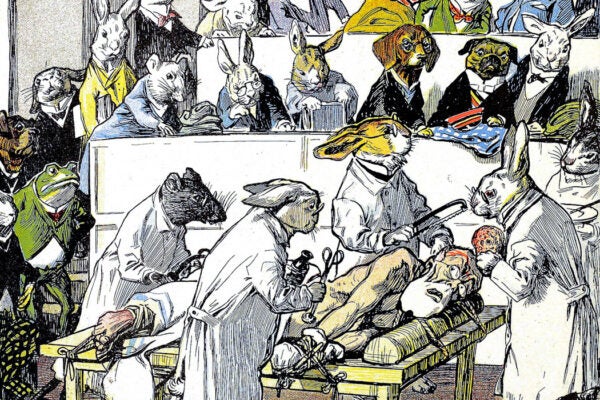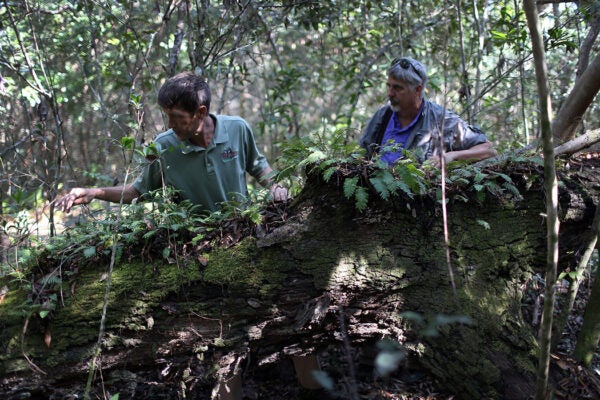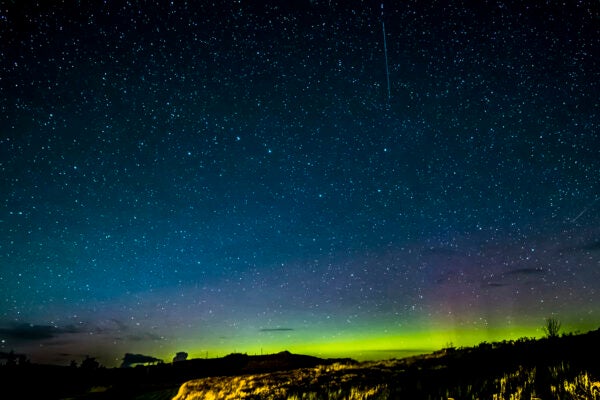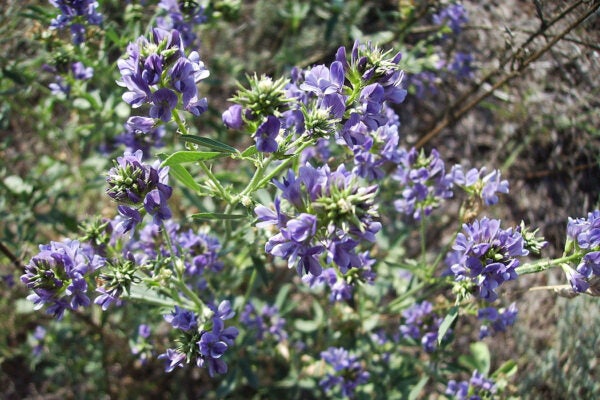Arakawa and Gins: An Eternal Architecture
With the Reversible Destiny Foundation, architect-philosophers Arakawa and Gins created disquieting designs meant to defeat mortality.
The Dangers of Animal Experimentation—for Doctors
Nineteenth-century opponents of vivisection warned that the practice could make researchers and physicians callous toward all living creatures.
Witnessing and Professing Climate Professionals
What are scientists to do? Psychiatrist Robert Jay Lifton and historian of science Naomi Oreskes consider the social responsibility of climate scientists.
Crucial Building Blocks of Life on Earth Can More Easily Form in Outer Space
A special group of molecules, known as peptides, can form more easily under the conditions of space than those found on Earth.
Making Implicit Racism
In the first few years of life, children learn much from the observation of the adults around them—including their biases.
Renewable Energy and Settler Colonialism
What can we learn from colonial legacies in pursuit of sustainable futures?
Surprising Discovery Challenges Key Principle of Modern Cosmology
Observations of an enormous cosmic structure, dubbed the "Big Ring," seem to violate the Copernican principle.
The ABCs of Lithium
Lithium is increasingly seen as a strategic resource, especially for batteries in dreams of a green future. But where does it come from, and at what cost?
Alfalfa: A Crop that Feeds Our Food
In 2023, American farmers grew more than 9 million acres of alfalfa. What makes this legume hay so special?









